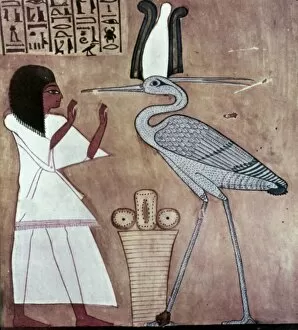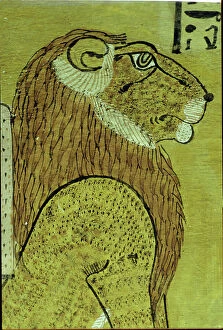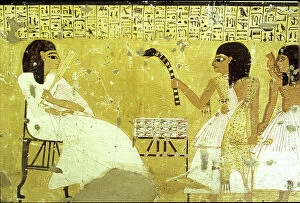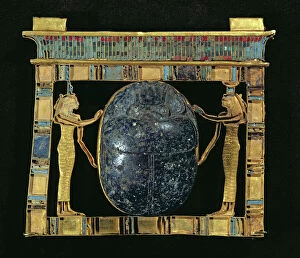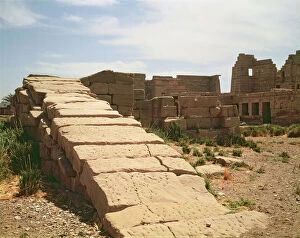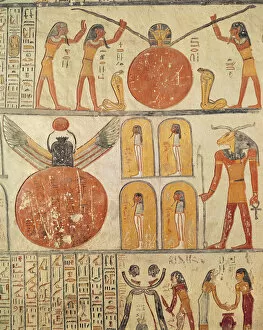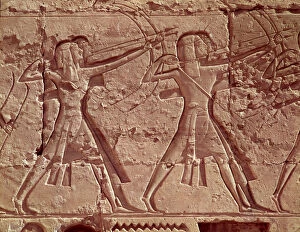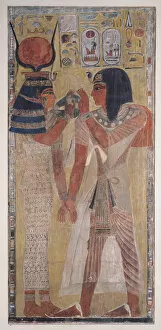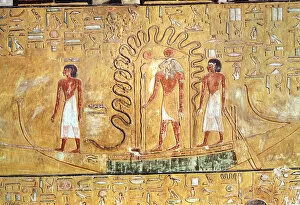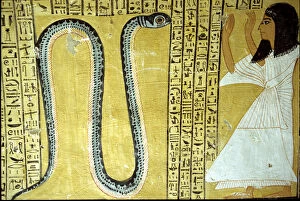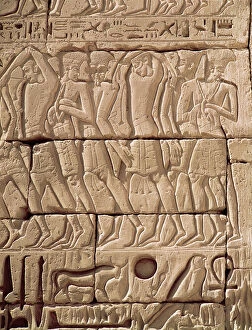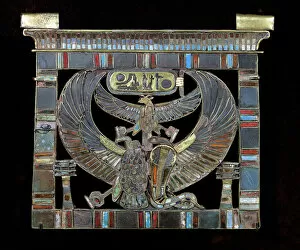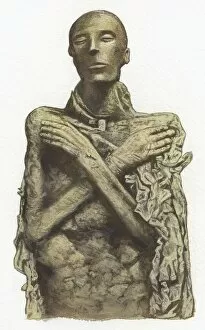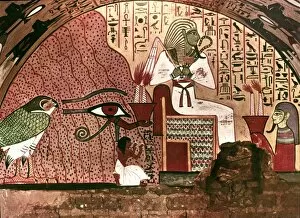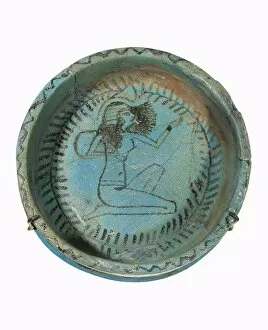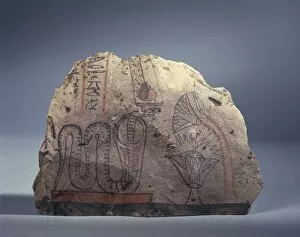Ramesside Period Collection
The Ramesside Period, also known as the New Kingdom, was a time of great artistic and cultural achievements in ancient Egypt
All Professionally Made to Order for Quick Shipping
The Ramesside Period, also known as the New Kingdom, was a time of great artistic and cultural achievements in ancient Egypt. This era is characterized by its stunning wall paintings, intricate stuccoed figures, and beautifully painted stone reliefs. One remarkable example of the art from this period can be seen in the detail from the Book of the Earth found in the burial chamber of Ramesses VI's tomb. The vibrant colors and intricate details depict scenes from Egyptian mythology, providing insight into their beliefs about life after death. Another captivating artwork is Nefertari making an offering to Ptah. This scene showcases not only the skillful rendering of human figures but also highlights the importance of religious rituals during this time. The Shabti figure of Ramesses IV demonstrates how even small objects were meticulously crafted with stuccoed and painted wood. These figurines were believed to serve their owners in the afterlife, emphasizing their belief in an eternal existence beyond death. The Book of Day depicted on the ceiling of another tomb provides a glimpse into daily life during this period. It showcases scenes such as farming activities and hunting expeditions that shed light on ancient Egyptian society's practices and customs. One iconic artifact associated with this era is Tutankhamun's gold mask. The intricately designed backside reveals exquisite craftsmanship that symbolizes wealth and power within Egyptian royalty. Stela played a significant role during this period as well; one notable example is Penboui's guardian stela from Deir el-Medina. Painted onto stone, it depicts Penboui himself standing tall while guarding his sacred site—a testament to both personal devotion and societal structure at that time. Pectoral jewelry was also popular among high-ranking officials like Vizier Paser who wore a scarab flanked by goddesses Isis and Nephthys—an emblematic representation connecting them to divine protection throughout eternity.

